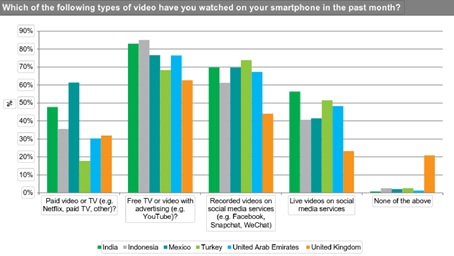Managing Complex Partner Agreements in the Digital Era
Digitalization has opened a plethora of opportunities for Communication Service Providers (CSP) across the globe to transform their traditional service offerings, moving from telephony into content-driven businesses and reaching the status of Digital Service Providers (DSP). There is a paradigm shift in the telecommunications ecosystem with the entry of technological disruptors (like OTT players) resulting in a portfolio of services with competitive pricing models. The depletion of voice revenues and the rise of data services has changed the dynamics of business partnerships.
The traditional telecom service provider is no longer isolated in the market and has multiple collaborations for audio, video, content, analytics, cloud, etc. Furthermore, due to shrinking margins, operators are looking forward to having contracts/agreements with their vendors and partners, which will create a win-win situation for the parties involved. According to a recent survey by TM Forum, DSPs have a revenue opportunity of around $142 billion from digital services. Whether it is AT&T acquiring Time Warner for $85.4 billion or Reliance Jio integrating with Saavn to create JioSaavn app, telcos are looking to roll out exclusive content to their end customers. Considering that there is much to gain, a DSP without a strong content offering in today’s scenario is almost unimaginable.
A DSP often has hundreds of content provider contracts (mostly with aggregators) to manage, and there is a huge diversity of partners ranging from a garage developer to the likes of Google.
Building success factors:
The phenomenal surge in data consumption by subscribers and free content is driving the majority of telcos’ core businesses today. In addition to this, few telcos are partnering with OTT players to provide exclusive content and niche services in the form of premium bundles. Operator-led OTT subscriptions have become the new business model driving revenues and customer segments.

Source: IHS Markit
Driving new business models – The increasing level of complexity
Initially, rate cards were exchanged between partners for billing the usage of services. Later they entered into bilateral agreements to settle the revenues between them. Now, telcos are moving to digital contracts by partnering with content providers and other OTT players. These digital contracts involve tier/slab ratings, along with exclusions/discounts. Commitments and rating based on specific parameters have increased the level of complexity with respect to rating and charging their partners.
Let us go through 3 types of agreements that are executed between partners these days:
There are several agreement scenarios (deals) between the operator and content partner based on different business models. Furthermore, revenue sharing models have been evolving from fixed % based to a tier/slab-based approach across product scenarios.
1. An agreement based on new subscriptions
No of New Subscriptions Revenue Share
0 – 500 P %
501 – 2000 Q %
2001 and above Q % and additional T % for no of subs >2000
As per the partner agreement, if new subscriptions are negative for a particular month, no pay-out will be made to the partner for that month.
2. An agreement based on promotions
Revenue sharing between the parties will be on a monthly basis. The promotion period can be for a few months or it can be ongoing. If the user subscribes to the content for
Months Revenue Share
1 month P %
2 months Q %
3 months and above R %
3. An agreement based on market penetration
In this scenario, the operator is liable to share the revenue based on the penetration of subscribers in an area. The complexity involved here is that the penetration level of each market is different from the other. In addition to this, there are certain areas where the radius is defined with respect to a landmark. Subscribers within the radius will be charged a premium and accordingly the revenue share.
In today’s competitive market scenario, partnerships have become the need of the hour for telecom operators and they are moving ahead by signing innovative and complex contracts. The above mentioned examples of digital contracts/agreements are a few models that we have recently dealt with. In the future, we will see many such models with increased complexity and innovative digital contract definitions.
If you are interested in knowing more about managing complex wholesale contracts



